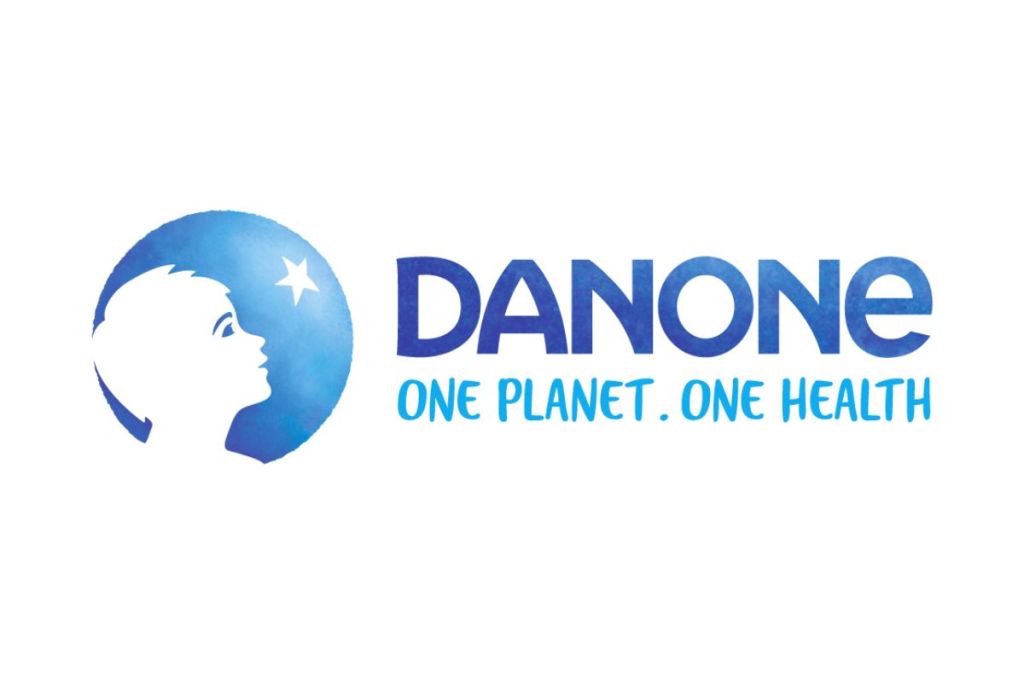Danone has announced updated financial targets with an aim to deliver €1 billion in cost savings by 2023.
The business will achieve this goal by adopting a Local First strategy, whereby countries will take back control of their local business units, regaining autonomy as close as possible to consumers and the field.
Danone will be organised in two macro-regions, led by Shane Grant for Danone North America and Véronique Penchienati-Bosetta for Danone International.
To ensure decisions are pushed down to a local level, Danone International will be organised under five zones: Europe, Asia/Africa & Middle East, Greater China & Oceania, CIS & Turkey and Latin America.
Their Presidents will be appointed and, as such, be members of the Executive Committee in 2021 after the relevant information consultation processes: Floris Wesseling for Europe; Corine Tap for Asia, Africa & Middle East; Bruno Chevot for Greater China & Oceania; Charlie Cappetti for CIS & Turkey; and Silvia Davila for Latin America. JeanMarc Magnaudet will also join the executive committee team to represent the Specialised Nutrition Unit to keep and strengthen the category expertise.
In each country, Zone Presidents will report back into Véronique Penchienati-Bosetta, and the restructure will mean that each country will no longer be dependent on the global organisation and will be unified as one single local business.
By doing this, the nature of the business and the role of the global headquarters will “profoundly change”. As such, Danone will move its global headquarters from Paris closer to its French business headquarters.
The evolution of the business will see the role of some common functions translate into job reductions of between 1,500 to 2,000 positions in local and global headquarters.
By reshaping its organisation, Danone targets to deliver €1 billion cost savings by 2023, including €300 million from reduced cost of goods and €700 million related to the expected redundancies.
Expected savings will be partly reinvested to fuel growth opportunities and contribute to progress the profitable growth agenda of the company. Total one-off costs related to the new organisation initiatives are expected to be around €1.4 billion for the 2021-2023 period.
Danone has also reconfirmed its mid-term ambition of achieving three to five per cent profitable like-for-like revenue growth.
Taking into account the €1bn cost savings plan, the company now targets mid-term recurring operating margin to reach mid-to-high teen levels, with the first milestone to be above 15 per cent in 2022.
Danone also confirms its 2020 guidance of full-year 14 per cent recurring operating margin and the delivery of €1.8bn free cash flow despite more challenging market conditions in the fourth quarter created by new waves of restrictions and closures since Q3 announcement from local pandemic spikes, notably in Europe.
Emmanuel Faber, Chairman and CEO, said that the adaptation plan can be summarised in two words, “local first”.
“The global pandemic has accelerated a number of the patterns of the food revolution and altered others. Among the aspects that are favourable to Danone: the increased perceived relationship between health and food and notably on immunity to which fermented proteins, and probiotics participate but also the accelerated conversion to plant-based diets or the boom in e-commerce.
“Conversely, we are confronted with factors such as the closure of out-of-home channels affecting everywhere our Water business, with the reduction of SKU ranges by our retail partners, or the announced dip in birth number dynamics, but also with the elevated cost of operating with sanitary measures and the cost of securing procurement and physical flaws of our products.
“This transformation is necessary because we are at this stage in the paradoxical situation where on one hand, our One Planet. One Health frame of action anchored in a portfolio of healthy and sustainable products and brands is even more relevant in today’s world, but on the other hand we are unable to fully reap the benefits of the current positive trends nor face in an optimal way their challenges. Our recent results evidence this. We definitely need to reinvent ourselves, as a company, very much like all of us are doing it in our own ways of living, working or consuming.
“In this reinvention of food, the most prominent paradigm accelerated by the pandemic is undoubtedly the trend toward local. It is a systemic evolution whereby the diversity of dietary habits rooted in their local cultures is now considered as a key security and resilience factor for global food systems. It is also a major political trend with the strong emergence of national food sovereignty narratives in many countries. It is finally and for long a consumer trend where many perceive local as a way to regain control over their food.
“After 12 months of COVID, we now forecast thanks to this adaptation plan to return to profitable growth in less than 12 months, as soon as H2 2021 and for our recurring operating margin to return to its pre-COVID levels at more than 15 per cent by 2022.
“Growth is sine qua non condition of our success, of our positive impact. But in these new circumstances, I want to insist on the utmost importance of the profitability of our model, because this year has shown that the competitiveness of our businesses, of our brands, in our countries could be destabilised by strong and brutal external factors. All this makes me deeply convinced that, for us to be able to continue to invest for the long-term, in health, in agriculture, in our ecosystems, fundamentally to fulfil our mission, we have to quickly and sustainably add a safety margin to the level of the operational profitability of our business.
“We therefore need to set an additional, strong, ambition for our margins. We can’t just wait for growth to bring it.”

